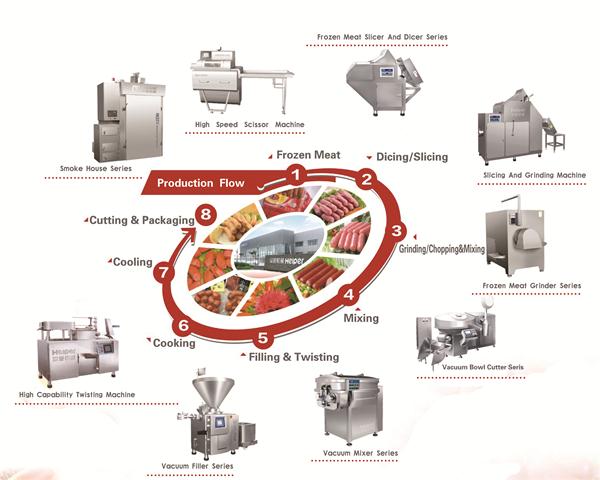First of all, here are several ways to introduce proofing.
First, there is film proofing (analog proofing \ traditional proofing)
1. Printing machine proofing. Its advantages and disadvantages are obvious. The advantage is that the complete printing environment allows the proofs to get close to the printed matter as much as possible; the disadvantage is that when the printer is wasted, the cost is too high.
2. Proofer proofing. This method basically reaches the printing environment, proofs and prints are basically the same, and the cost is moderate, so this method is now the most widely used, most easily accepted by customers and printers.
3. Transfer type proofing. For example, DuPont's Cromartine proofing method, after the output of the film through the color film photosensitivity to transfer the dots on the paper. This kind of proofing method is faster and the color and level are close to the printing effect. According to statistics, this proofing method has a market share of more than 60% in the North American market, but it is still rare in China due to various reasons such as the cost of consumables.
Second, no film proofing (soft proofing / digital proofing)
No film proofing is divided into three major categories:
A.Design Proof, mainly for layout design;
B.Color Proof (color proofing), mainly concerned with the effect of color reproduction;
C.Screen Proof not only cares about the effect of color reproduction, but also cares about the effect of dot restoration.
Under the same conditions, the hardware investment of Class B is far lower than that of Class C. The offset printing company mainly chooses the Color Proof of Class B.
Filmless proofing is divided into the following categories:
1. Screen soft proofing. Pre-check on the monitor by correcting the color of the monitor.
2. FTP remote proofing, this method With the development of Internet technology, the increase of communication bandwidth, the further improvement of color management technology, will become a trend of development (at least in the proofreading version of this level).
3. Digital proofing. Nowadays, digital proofing is commonly used in inkjet and laser (of course, sublimation, thermal transfer, thermal wax, etc., and the use of laser imagesetters and direct plate makers is also a method of proofing). Digital proofing is now developing rapidly and will surely become the dominant method of proofing in the near future.
The purpose of proofing is mainly the following three points:
1. Communication with customers: For a professional plate-making company, the sample sheet is its finished product, and the customer's sample order is the end of the entire plate-making process.
2. Communication with printing: Only after the customer signs the sample, can it be printed on the machine. The chief of the printing press needs to adjust the printing environment according to the proofs.
3. Inspection of the film: Through proofs can fully check the quality of the film.
Digital proofing is a key part of the CTP process. In the early stages of the promotion of commercial printing in the CTP process, digital proofing is generally divided into contract proofing and layout proofing. Due to cost reasons, contract proofing generally chooses A3 format color laser printers or small-format Scitex IRIS series as color reproduction approval; layout proofing chooses A0 or A1 format low-precision inkjet printers as layout text recognition. For customers and printers, these proofs are not very suitable.
In 1999, Epson introduced the Epson Stylus Pro 9000 series and Drupa in 2000 introduced the Epson Stylus Pro 9500 series of high-precision large-format inkjet printers. It combines contract proofing and layout proofing with little hardware investment in the machine. Become the main system integrator push models.
In 1995, our company introduced the Scitex IRIS 5015 inkjet digital proofing machine, which has brought good response as a Screen Proof proofing machine. However, due to several reasons, it failed to continue production.
1. In 1995, DTP was in its infancy in China. The concept of digital proofing was just formed. Customers and printers could not accept digital proofs well.
2. At that time, the print heads of the IRIS series proofers had a limited life span, and they often caused downtime due to print head failures, which did not produce continuous production capability.
3. At that time, IRIS 5015 itself and its consumables prices were high, and the price was also an important reason why customers were not easy to accept.
4. IRIS 5015 has six open formats, which is one of the reasons for limiting its promotion.
It is the foundation of IRIS Digital Proofing in our company that has laid the groundwork for the future CTP process. In the technological transformation in 1999, our company introduced the Epson Stylus Pro 9000 inkjet digital proofer, supplemented by Kodak's color management kernel and Peking University's PSPNT RIP, after half a month of debugging and more than half a year's actual Production operation works well.
With our thirty years experience, Helper company offer different sausage production solutions and flexible sausage production lines. Even you want to start a new business, or enlarge your production capacity or make advanced automatic processing lines; we will always be a reliable supporter and partner with you.
Helper have designed and manufactured food processing machines and equipment since 1986. Now we can provide our clients excellent solutions in the field of meat and pastry processing, such as sausage and ham production line, quick frozen leisure foods, pet foods and cheese processing, fresh and cooked noodle line, dumpling and bakery products etc. The company has been obtaining success through the persistence of quality and service, as well as by knowing customers, understanding products, implementing diversification competitive strategy and focusing on high quality and good performance machinery research and development.

Sausage Production Line,Meatball Making Machine,Frozen Foods Products Making Machine,Ham Production Line
Helper Machinery Group Co., Ltd. , https://www.helperfoodsolution.com